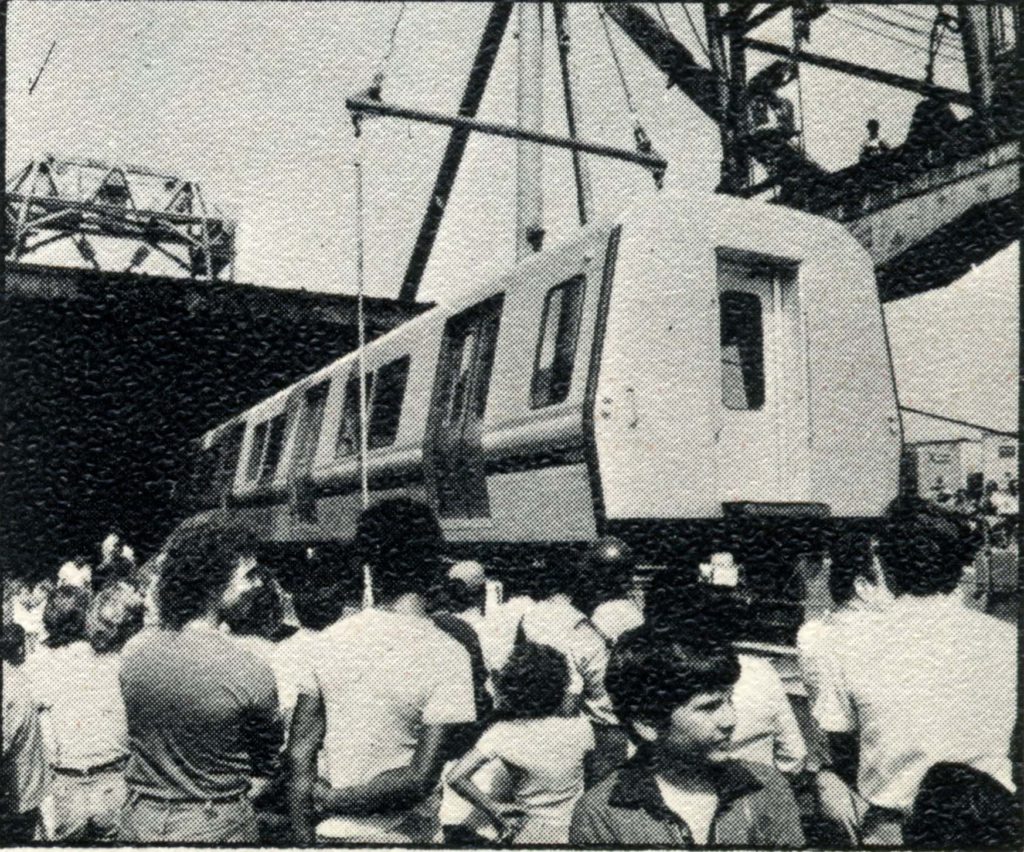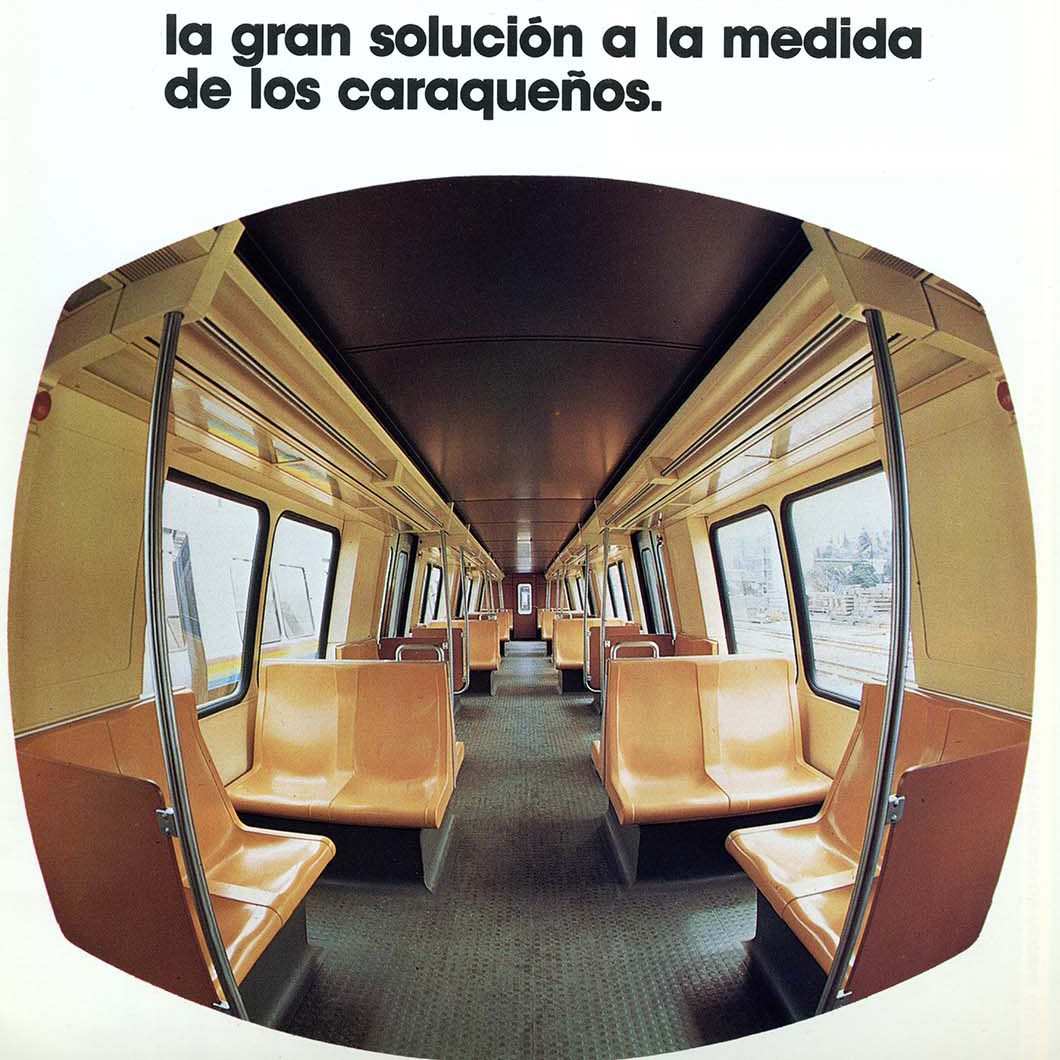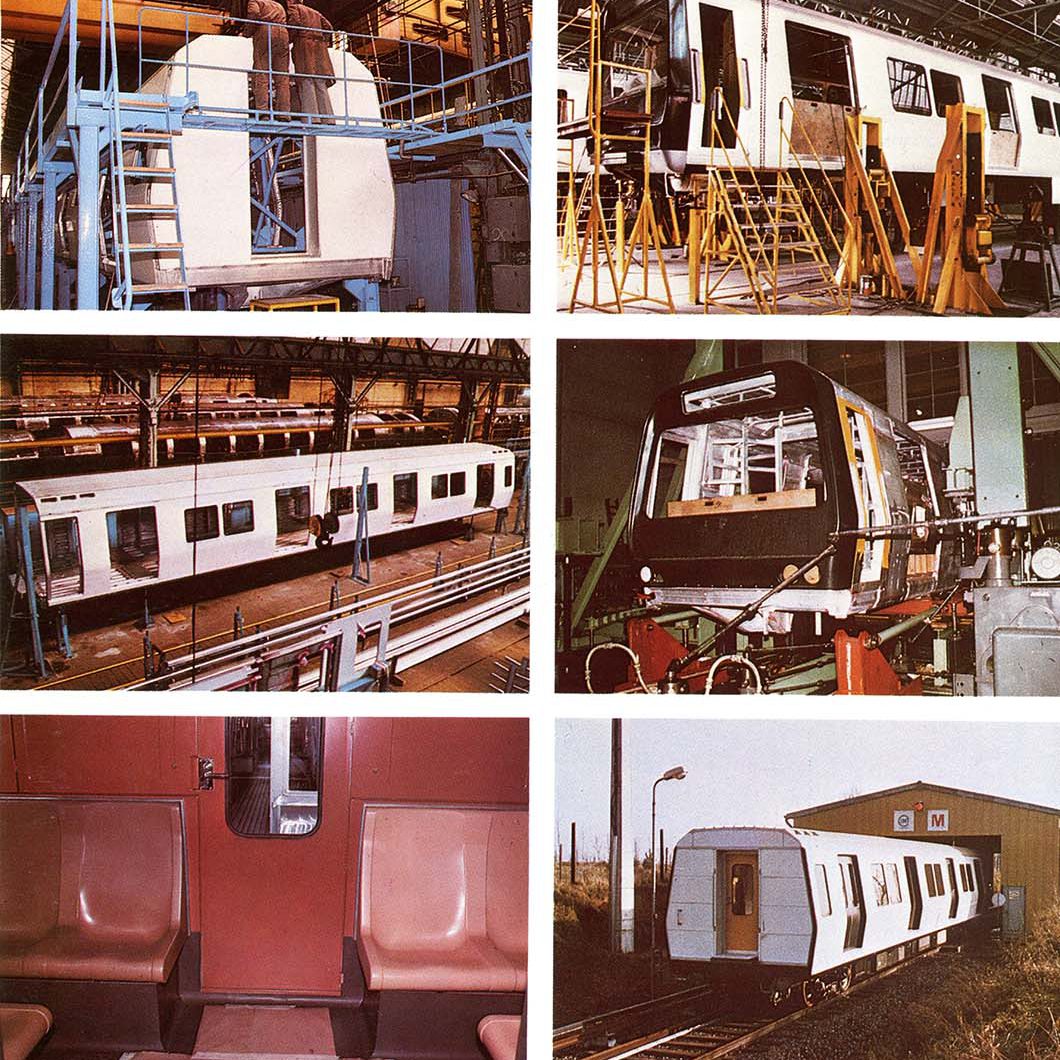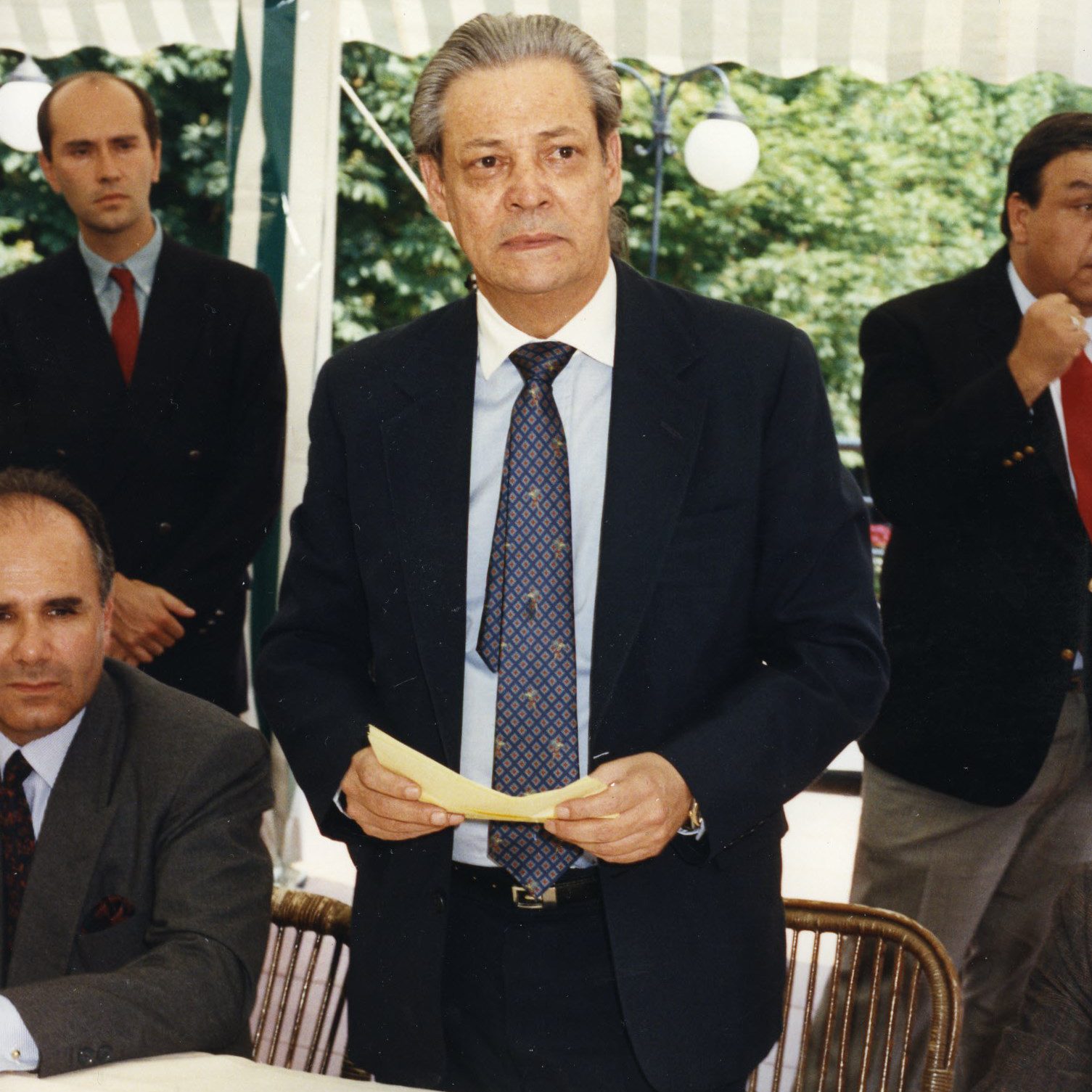The Caracas Metro – innovative funding

In the twentieth century, Caracas became an important economic centre in Latin America. With the development of the oil industry, the population of the Venezuelan capital grew significantly. Therefore it was necessary to improve the public transport system. The plan to build a metro had been put on hold for a long time but in the early 1960s it was put back on the agenda. Several large international banks were competing for the chance to fund this major project. The Banque de Paris et des Pays-Bas (Paribas) proposed an innovative financial package and won the contract.
Caracas – an expanding capital
At the start of the twentieth century, Venezuela discovered large oil reserves in the regions of Monagas, Zulia and Anzoátegui. The expanding oil industry led to rapid population growth in the north of the country, especially in the capital Caracas. People left the mountain areas and headed for the town which attracted large numbers of immigrants. In 1960, it already had a population of almost 1.3 million inhabitants. The figure exceeded 2 million in 1970. Caracas became a leading economic centre in Latin America and regularly traded with Europe.
The development of a public transport network became a necessity, and even before the Second World War a construction project was considered. However, it was not until the early 1960s that concrete progress was first made, at a time when the shortage of dollars made financial exchanges complicated at an international level.
Paribas: decisive commitment
After the Second World War, Paribas had to find new fields of action to regain its position as a major international investment bank. From the 1950s onwards, it became very involved in financing major industrial projects, particularly in South America, and to carry out these projects, it entered into close partnerships with its customers, i.e. leading French and European industrialists.
It was precisely at this period that Paribas started to negotiate with the Venezuelan government with a view to financing the construction of the Caracas metro. The aim was to provide opportunities for French industry and engineering companies that were seeking new contracts abroad. Latin America was a prime target. The contract for the construction of a steel plant in Paz del Rio in Colombia in the late 1950s created new perspectives.
Patience pays off
The Caracas metro project required a budget of 120 million dollars, half of which would be spent on the purchase of equipment. French companies, already involved in the construction of the Montreal metro, wanted to win this new contract.
Negotiations were lengthy and it was not until 1978 that Paribas and the French industrialists were awarded the contract to build the Caracas metro.

Convincing with innovation
It took a long time to reach an agreement because there were numerous obstacles. The monetary instability of the period complicated market transactions and competition, especially from Japan, proved to be tough. Thanks to an innovative financial solution, the Banque de Paris et des Pays-Bas enabled French industrialists to obtain the contract, with Alsthom at the top of the list.
The credit proposal by Paribas was drawn up in French francs while the Japanese proposal was drawn up in dollars. To guard against unfavourable trends in exchange rates between the Venezuelan Bolivar and the French franc (French proposal) Paribas stipulated a maximum price increase of 8% for the cost of the credit.
The Japanese proposal was structured in a similar way but the maximum cost overrun with the yen was only 5%. To offset this difference, Paribas arranged a currency swap, i.e. a forward purchase of dollars in very favourable market conditions. This enabled the bank to lower the overall cost of the finance package by 15%.
This agreement allowed the consortium of French companies to strengthen its position in Latin America and to highlight its expertise in this large-scale project. The first line of the Caracas metro, which is mainly an underground structure, opened its first line in 1983. In 1987, a second line was built, followed by a third line in 1994.








